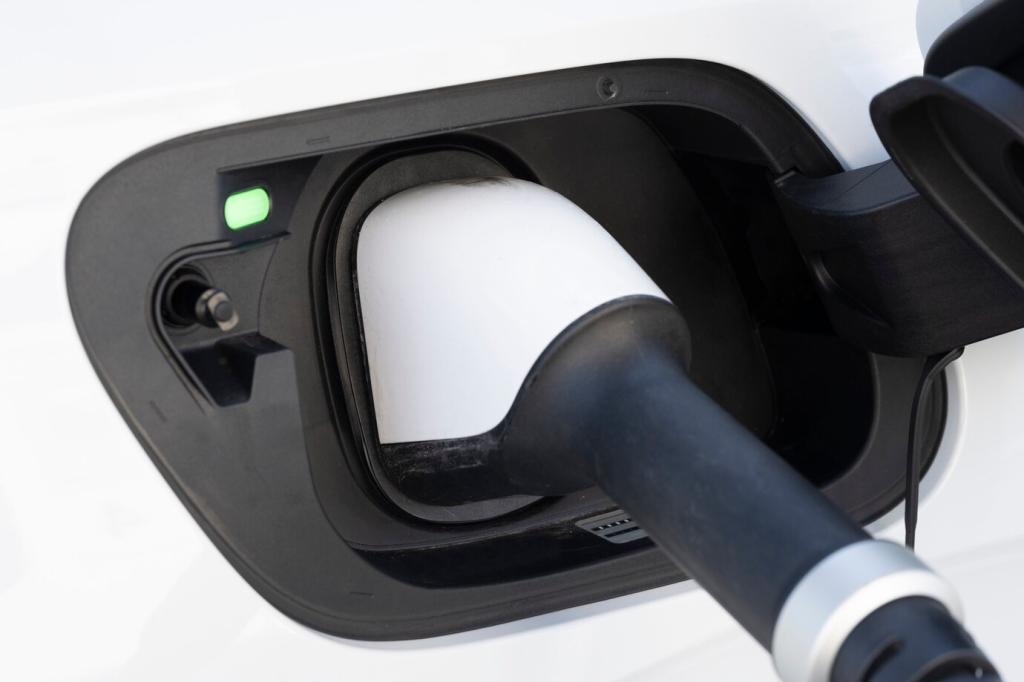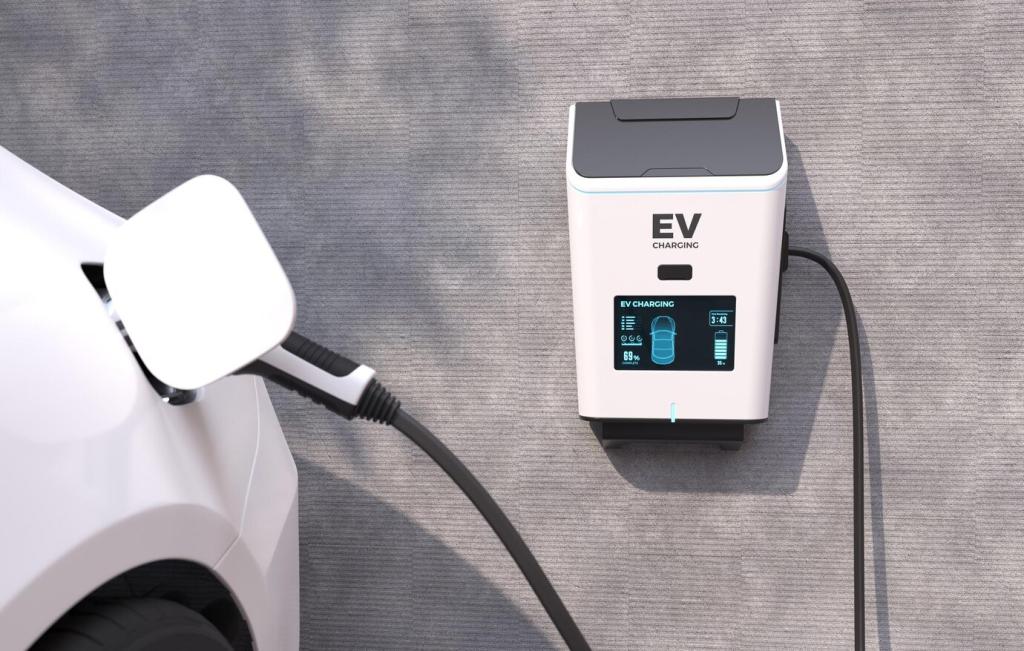Stories from the Field
A small-town library installed a solar canopy with a modest battery and two fast chargers. During a winter outage, staff kept emergency Wi‑Fi and charging open. Parents warmed up in the reading room while taxis recharged—proof that kilowatts can knit communities together.
Stories from the Field
Along a gusty plateau, a rest stop combined rooftop solar with two medium turbines and storage. Drivers arrived skeptical, left impressed, and posted photos of spinning blades behind charging bays. Local diners saw weekend traffic rise, turning clean electrons into economic momentum.





